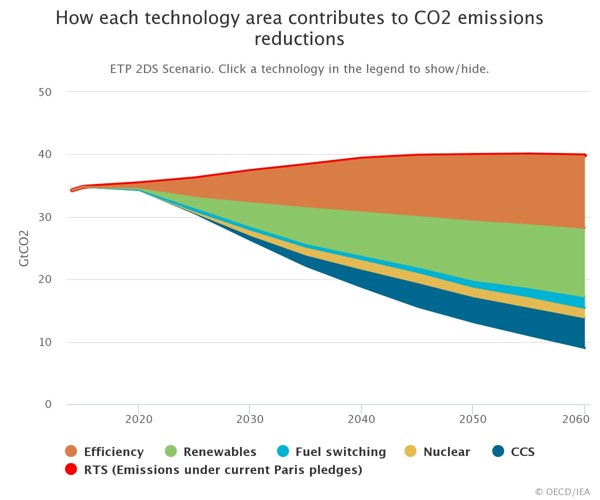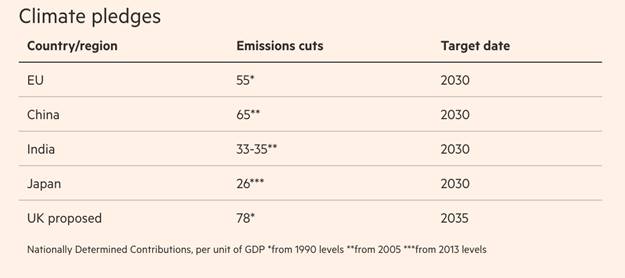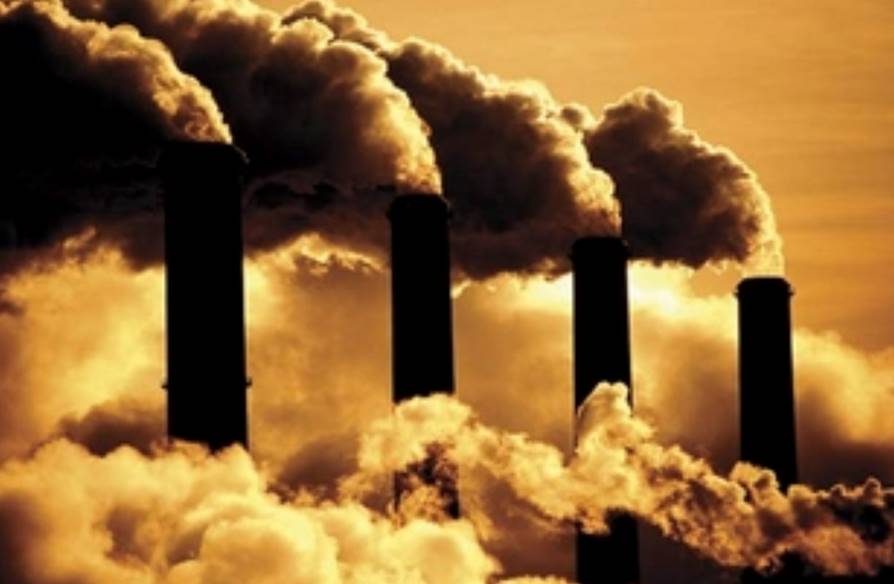In the 1850s, Eunice Foote showed experimentally that atmospheric water vapor and carbon dioxide affected Earth’s thermal balance. Following on from this, John Tyndall derived details on the Earth’s greenhouse effect. In 1896, Svante Arrhenius, a Swedish chemist, calculated with remarkable accuracy the impact of increasing atmospheric CO₂, and asked:
“One may now ask, How much must the carbonic acid vary according to our figures, in order that the temperature should attain the same values as in the Tertiary and Ice ages respectively?
“A simple calculation shows that the temperature of the Arctic regions would rise about 8 degrees or 9 degrees Celsius, if the carbonic acid increased 2.5 to 3 times its present value. In order to get the temperature of the ice age between the 40th and 50th parallels, the carbonic acid in the air should sink to 0.62 to 0.55 of present value (lowering the temperature 4 degrees to 5 degrees Celsius).”
In other words: We are now looking at impacts to our climate with magnitudes comparable to those between now and the Ice Age, in the opposite direction.
There is a legacy which will continue if the current energy status quo is not disrupted.
- Existing infrastructure will cumulatively emit about 658 gigatonnes of CO2 (with a range of 226 to 1,479 gigatonnes CO2, depending on the lifetimes and utilization rates assumed).
- More than half of these emissions are predicted to come from the electricity sector.
- Infrastructure in China, the USA and the 28 member states of the European Union represents approximately 41 per cent, 9 per cent and 7 per cent of the total, respectively.
- If built, proposed SCT power plants (planned, permitted or under construction) would emit roughly an extra 188 (range 37–427) gigatonnes CO2.
- Committed emissions from existing and proposed energy infrastructure (about 846 gigatonnes CO₂) thus represent more than the entire carbon budget that remains if mean warming is to be limited to 1.5 degrees Celsius (°C)

The world needs to accelerate its sun and wind power generation capabilities. We also need new approaches which address issues such as water production. The SCT aims to contribute to decelerating CO₂ emissions whilst simultaneously providing sustainable economic opportunities for existing and proposed remote communities that include large scale water production.
- Climate is already changing, and this is a view endorsed by more 97% of scientists in 2016 who actually know about the science.
- By 2019, that percentage had risen to 100% (Powell et al, 10602 publications in Web of Science studied)
- Recent studies indicate that the global warming effect is entirely caused by humans.
- The plot dates from over 10 years ago, and shows the expected temperature change by 2100, and the temperature at equilibrium, which will be after 2100. The shaded areas indicate the spread in different models and are much narrower now. Unfortunately, the central values are actually higher.
- And the means of emission are obvious:
Sea Level
Sea level rise is the inevitable consequence of just a few degrees rise in temperature.
Many models suggest catastrophic sea level rise will occur only after centuries.
However, it is also clear that sea-level rise is non-linear and could occur quickly. For example, some glaciologists claim that the Thwaites Glacier in West Antarctic is unstable and could go into the ocean within 20-30 years. That would free a vast icecap to follow it, which could raise sea levels by 3m or more.
Images from PP slides to be incorporated.
Impacts The Biden Administration recently pegged the cost of Carbon at $51. This unfortunately ignores the vastly higher cost in some locations in the world. And ignores other gases (hence the use of CO2 equivalent, CO2e, to include those gases like methane.)
Two-thirds of Bangladesh is less than five metres above sea level. A projected 50 cm rise in sea level, will result in Bangladesh losing approximately 11% of its land, affecting an estimated 15 million people living in its low-lying coastal region.
Coastal drinking water supplies have been contaminated with salt, leaving the 33 million people who rely on such resources vulnerable.
Indeed, it is generally the case that countries most impacted by rising CO2 levels are those countries least responsible.
Its not too late
We need to encourage countries to reach net zero as soon as possible. This means they must adhere to the Paris Accord targets, and in almost all cases, actually exceed them.
Humanity’s top priority must be to stop dumping CO2 into the atmosphere. Future generations are effectively subsidizing the heavy users of fossil fuels. The Solar Cyclone Tower has a unique capability in removing CO₂, while offsetting the use of fossil fuels.
We can also help transition the world away from burning fossil fuels, like natural gas, and instead extracting the hydrogen from that gas, while using the remaining carbon in useful and non-polluting ways.
There are several actions we must agree now:
- Stop allowing climate change deniers set the agenda and confuse the issue.
- Understand what drives climate.
- Understand the present day social cost of carbon
- Define a price for carbon pollution
- Internalise the price of carbon in each proposed energy source.
- Time scale to solve this.


|